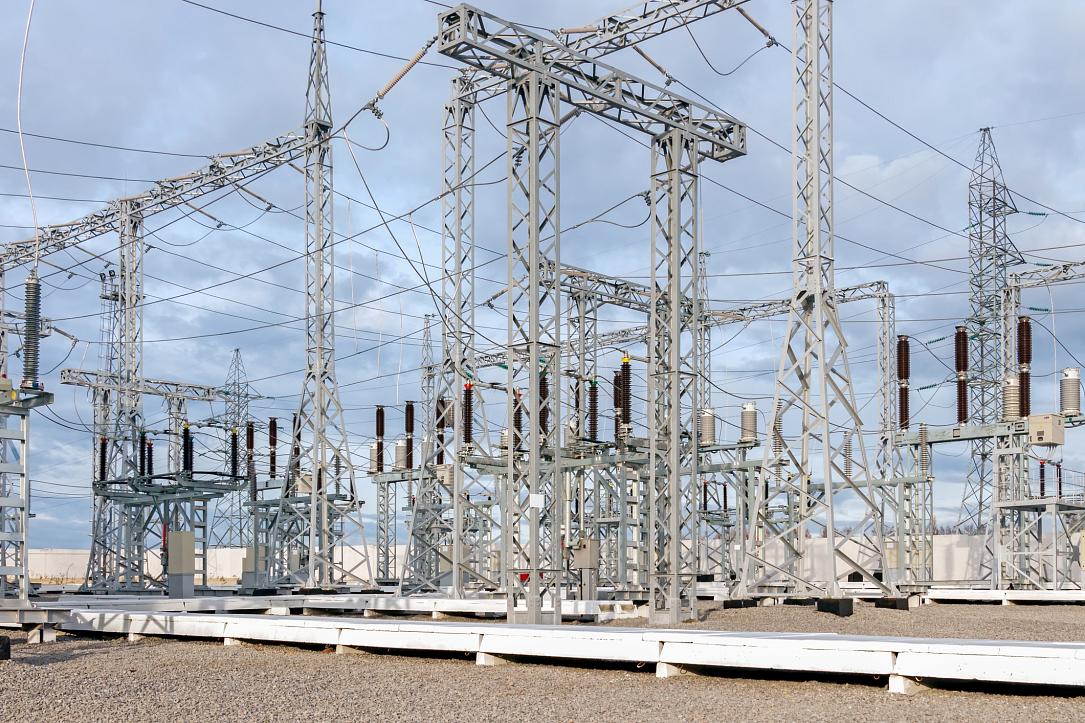Romania struggles to start outdated power plants as electricity price spikes to record level



The price of electricity in Romania has reached unprecedented levels, with the average spot market price surging to RON 1,175 (EUR 236) per MWh on Wednesday, July 17, and peaking at an astonishing RON 4,300 (EUR 865) per MWh for the interval 20:00-21:00, according to data from the local energy market OPCOM.
This makes Romania the country with the highest electricity prices in Europe, alongside Hungary and Bulgaria, where the price per MWh was also close to EUR 230 on Wednesday. Meanwhile, Finland had the lowest price on Wednesday, of only EUR 10 per MWh, according to Hotnews.ro.
The steep price rise in Romania is attributed to several factors, including weather conditions, high demand, and resource availability.
Energy minister Sebastian Burduja highlighted the crucial role of renewable energy sources in mitigating these costs. He stated, "If we didn't have renewables, we would be paying even more."
Renewables have helped to buffer the price hikes, demonstrating their importance in the energy mix.
Minister Burduja also revealed that state-owned energy producers have made exceptional efforts recently to reactivate decades-old energy installations. At the Paroșeni thermal power plant, manual labor was used to load coal due to the outdated 1950s equipment, according to News.ro.
Burduja emphasized the need for storage investments and mentioned the availability of EUR 80 million from the PNRR and an additional EUR 300 million from the Modernization Fund. He stressed the necessity for strategic energy investments to ensure a stable energy system.
Since 2016, Romania's state-owned energy companies, including Romgaz, Nuclearelectrica, and Hidroelectrica, have been required to distribute 90% of their profits as dividends, totaling around RON 34.4 billion (EUR 7 billion). These funds, which could have financed significant energy projects like reactors 3 and 4 at Cernavodă, were instead used to cover state budget needs, an analysis by Ziarul Financiar pointed out.
Consequently, Romania now faces energy vulnerabilities, importing nearly 1,500 MW to meet demand, underscoring the lack of investment in energy infrastructure and production capabilities.
andrei@romania-insider.com
(Photo source: Dreamstime.com)